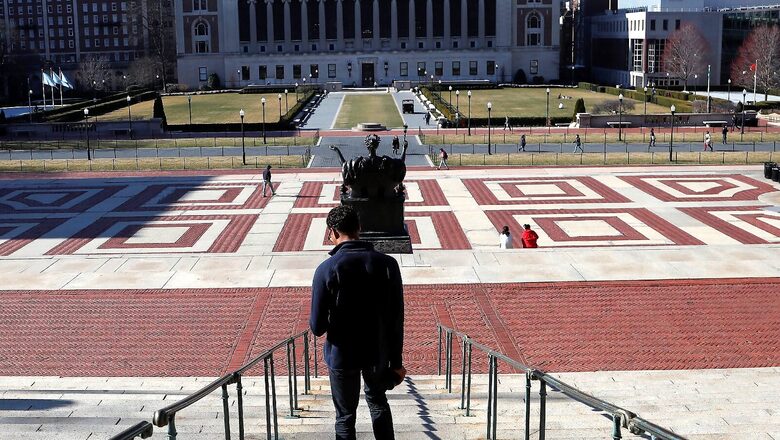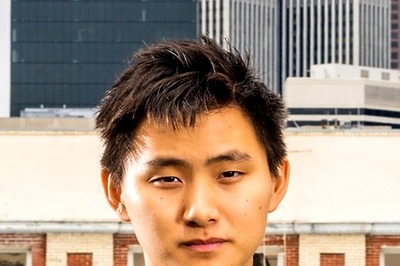
views
Columbia University will add historical markers to four residence halls to acknowledge legacies of slavery and racism and to commemorate African American students, a university professor said on Tuesday.
The markers, part of a university-wide project initiated by President Lee Bollinger after the murder of George Floyd in May 2020, include signs at residence halls John Jay Hall and 50 Haven Avenue, formerly Bard Hall, noting that slave owners John Jay and Samuel Bard had close ties to the university.
A marker at Furnald Hall will tell the story of a morning in 1924 when men in Ku Klux Klan robes and hoods burned a seven-foot-tall wooden cross near the dormitory. Furnald was home at the time to law student Frederick W. Wells, the first Black student to live on-campus at Columbia during the academic year. While the cross burned, students ran outside his door shouting racist insults.
The high percentage of students of color, among them poet Langston Hughes, who lived at Hartley Hall in the early 20th century will be commemorated with a plaque there, according to Columbia Professor Thai Jones, who taught a “Columbia & Slavery” course and has led the effort to erect the markers.
Columbia will join Harvard Law School, Rutgers University, the University of Mississippi and the University of South Carolina in erecting plaques in recent years acknowledging the institutions’ relationship to slavery.
Columbia’s markers will be installed in the fall initially as digital monitors and could become permanent plaques, according to Jones.
Read the Latest News and Breaking News here




















Comments
0 comment